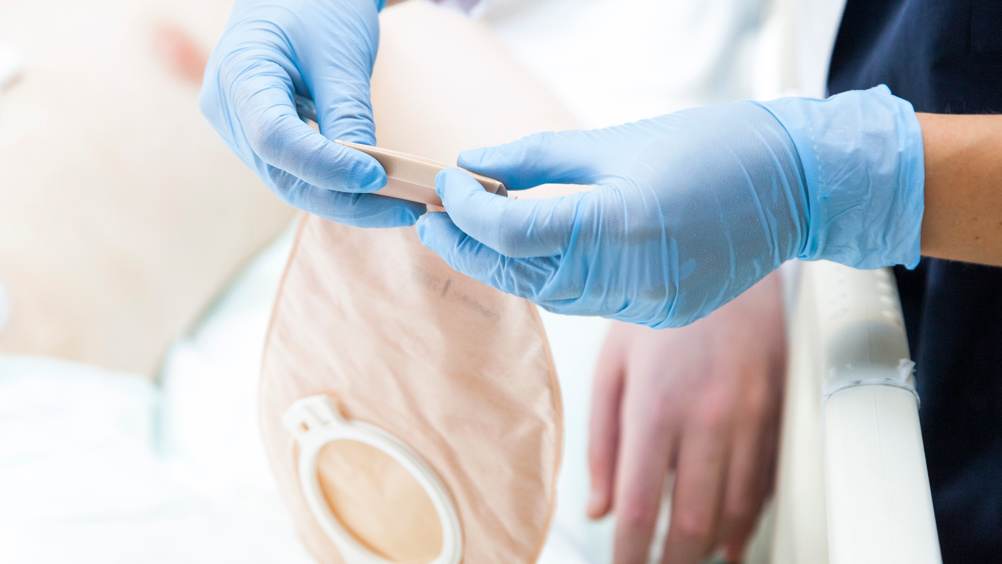References
Patient-centred stoma care support: urostomy patients

Abstract
Urostomy patients are rare as only about 5% of ostomates have urostomies. This can prove challenging because many healthcare professionals do not have experience caring for these patients and may be unfamiliar with their specific needs. As with other ostomates, urostomy patients require specialist nurses with the expertise to provide long-term support. Care for urostomy patients may be provided by urinary diversion specialists or stoma specialist nursing. Patient-centred pathways are needed to cater for their unique needs and ensure good patient outcomes and quality of life. People with urostomy have very post-operative need needs and inadequate care may result in hospital admissions. They need specialised long-term care. It is also crucial to educate the healthcare professionals responsible for their care.
This article follows previously published articles exploring the specific needs of ileostomy and colostomy patients (Marinova and Marinova, 2024a; 2024b) and examines in detail the urostomy patient-specific domain and the appropriate knowledge that healthcare professionals must possess to ensure appropriate patient care.
A urostomy is a surgically created opening in the abdomen that redirects urine from the body. It can be temporary or permanent. The opening is made when the bladder has to be removed or bypassed, and urine has to be diverted outside the body (Burch and Black, 2017). There are several types of urostomies, including:
This is the most common type of urostomy, where a piece of the ileum is used to create a conduit that connects the ureters and subsequently divert urine through a stoma exteriorised on the abdomen.
It is similar to the ileal conduit, but in this case, a piece of the large intestine (colon) is used instead of the ileum to create a conduit to divert urine.
Register now to continue reading
Thank you for visiting Community Nursing and reading some of our peer-reviewed resources for district and community nurses. To read more, please register today. You’ll enjoy the following great benefits:
What's included
-
Limited access to clinical or professional articles
-
New content and clinical newsletter updates each month

